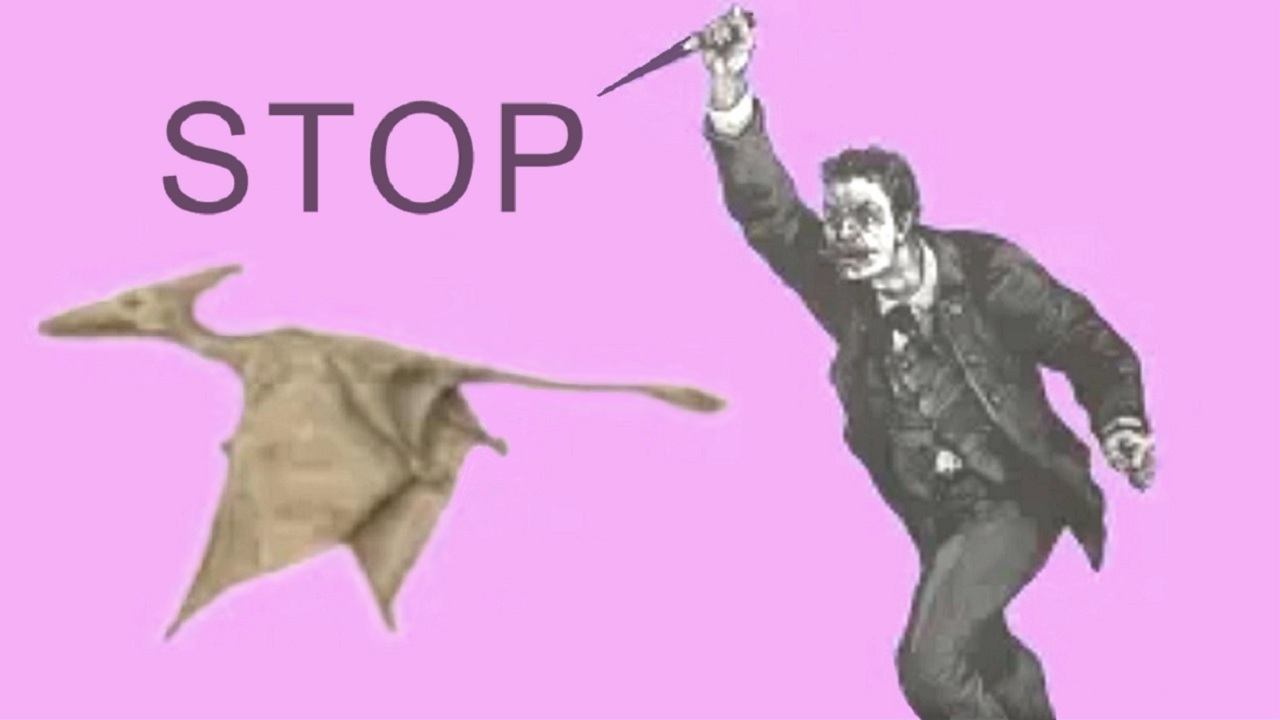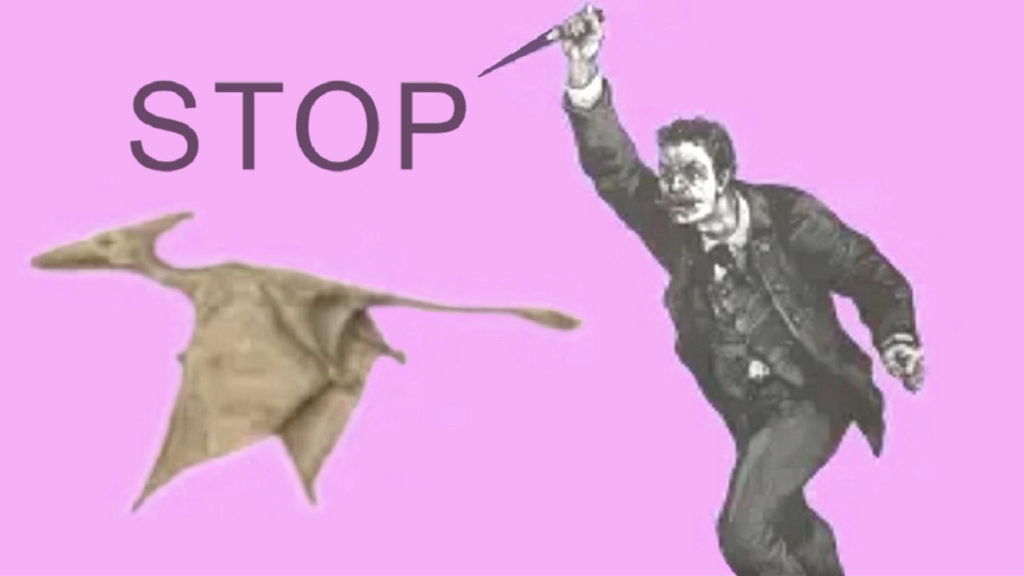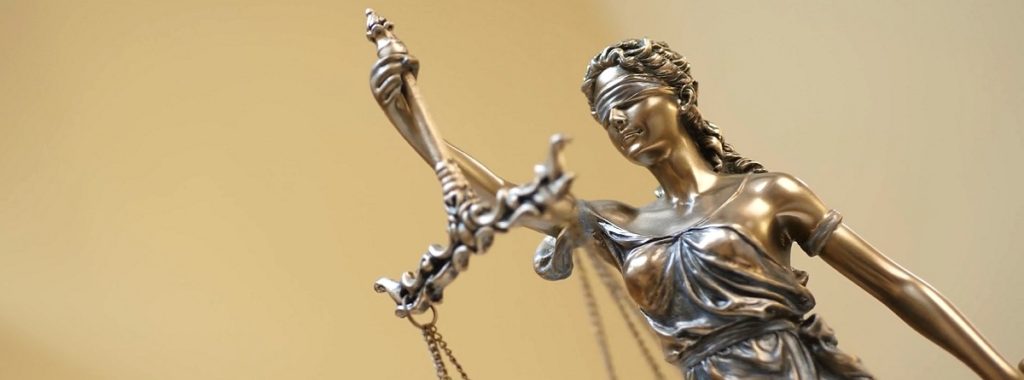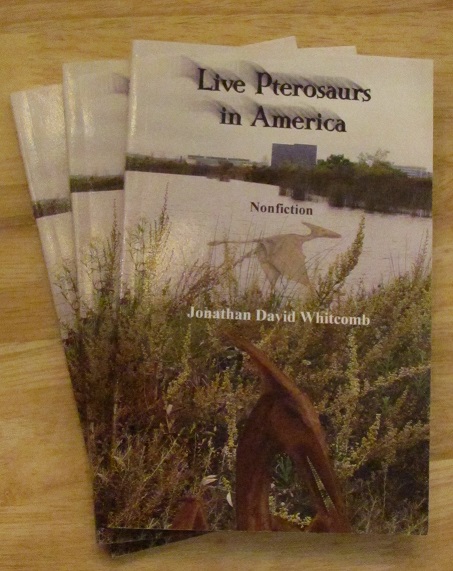PART THREE
By the living-pterosaurs expert Jonathan Whitcomb
Kuban seems to have taken pieces of some sighting reports and criticized an incomplete portion as if they were the whole story, speculating in doing so. Even when he has a fuller account, he sometimes appears to be blind to important elements, and those parts would have answered his criticisms, if he had paid proper attention or had comprehended them.
Let’s take an example. Guessman and I learned from Hodgkinson that the long tail he had seen was definitely not a misidentification of legs; the video makes that clear. He did not focus on the end of the tail, so he could not say whether or not there was a structure there, yet his testimony, available for viewing on Youtube, makes it clear that he did see a tail, for he estimated it was “at least” ten or fifteen feet long. Further testimony from that World War II veteran reveals that he saw the legs moving as the creature was running to get airborne. In other words, he was observing both running legs under the animal and a very long tail trailing behind the body of the “pterodactyl” as it was taking off into the air, so it was clear that the legs and the tail were separate parts of the body.
Kuban says, “Hodgkinson himself says on the video that he did not get a good look at the tail.” In fact, that is not what Hodgkinson said. Consider now what that World War II veteran actually says on the video: “I didn’t pay attention to what the end of his tail looked like.” Why did he not concentrate on the end of the tail? He tells us on the video: He was fascinated by the appendage at the back of the creature’s head. Yet with an estimated length of “at least” ten or fifteen feet, the end of the tail is a great distance from the rest of the animal, even a fair distance from the middle of that tail. In other words, he saw the tail well enough to make a crude estimate of its length: at least ten of fifteen feet.
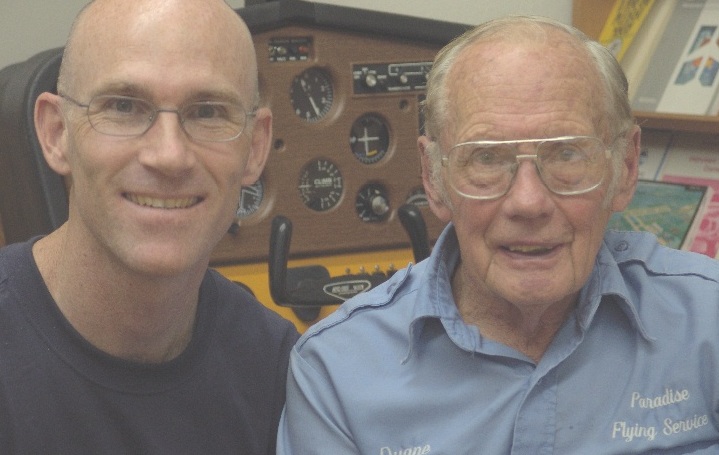
Duane Hodgkinson (right) was interviewed here by Garth Guessman
What does that tell us? Hodgkinson was a weather observer for the field artillery, as I recall from what he told me. I don’t know exactly what that entails, but I think we should be aware of one word: observer. That was his job in the military at that time in 1944. So what can we learn from his observation of a tail that was “at least ten or fifteen feet long?” That flying creature was nothing remotely like any bird or bat known to Western science.
Kuban, on the other hand, appears to prefer to pretend “that he did not get a good look at the tail” (the words of that critic Glen Kuban). I do not accuse Kuban of dishonesty; it’s more likely something like subconscious self-deception. Yet I see an explanation for why he allowed himself to be fooled into the idea of “did not get a good look.” Anything remotely like a tail length of 10-15 feet practically eliminates birds and bats.
The following may be redundant, regarding George, but people need to know the whole truth about what happened in that jungle clearing in 1944.
Kuban, in the Nov-26-2017 version of “Living Pterosaurs,” says that George “denies that they ever saw a pterosaur.” That statement is extremely misleading, for it implies that he told somebody (other than Hodgkinson) that they did not see a pterosaur. In reality, George seems to have never told anybody anything about the incident except to make it clear TO HODGKINSON, within a few seconds of the sighting, that he would say nothing about it. George apparently did not even want to talk about it with Hodgkinson.
I don’t mean to imply that all of Kuban’s writings have had only a negative impact on everybody that reads them, deceiving everybody who comes in contact with them. At least some of the readers of his “Living Pterosaurs” have probably come to see things in a new light, notwithstanding they have come to suspect that some pterosaurs may actually be living after all. With tens of thousands of words aimed at disproving the existence of modern pterosaurs, it can become obvious that “the lady doth protest too much.”
For myself, I have come to feel more confidence in the reality of living pterosaurs, after seeing all the weaknesses in “Living Pterosaurs.” In spite of the possibility of bias on my part, and in my potential for mistakes and misunderstandings, the many eyewitness reports of extant pterosaurs, together with the failings in efforts to disprove them, have given me greater hope that these wonderful featherless flying creatures will soon be officially discovered and acknowledged for what they are: modern living pterosaurs.
In that sense, Glen Kuban has played some kind of role in the progress of scientific knowledge, albeit his role at this time will differ greatly from what he had expected: His enormous web page, that has been dedicated to discrediting anything that might appear to support the possibility of a modern living pterosaur—that online publication may teach us, at some time in the future, about an extreme example of a weakness in Western cultural thinking: dogmatically holding onto a two-centuries-old assumption as if it were scientific.
Part One: American Soldier saw a Living Pterosaur in World War II
Part Two: An American Soldier Sees a Pterodactyl
###
.
A Youtube video about a native fisherman being attacked by a flying creature in Papua New Guinea, north of Umboi Island
.
An apparent modern pterosaur was videotaped by a biologist, Peter Beach from Oregon, in a remote jungle on New Britain Island in Papua New Guinea
.



